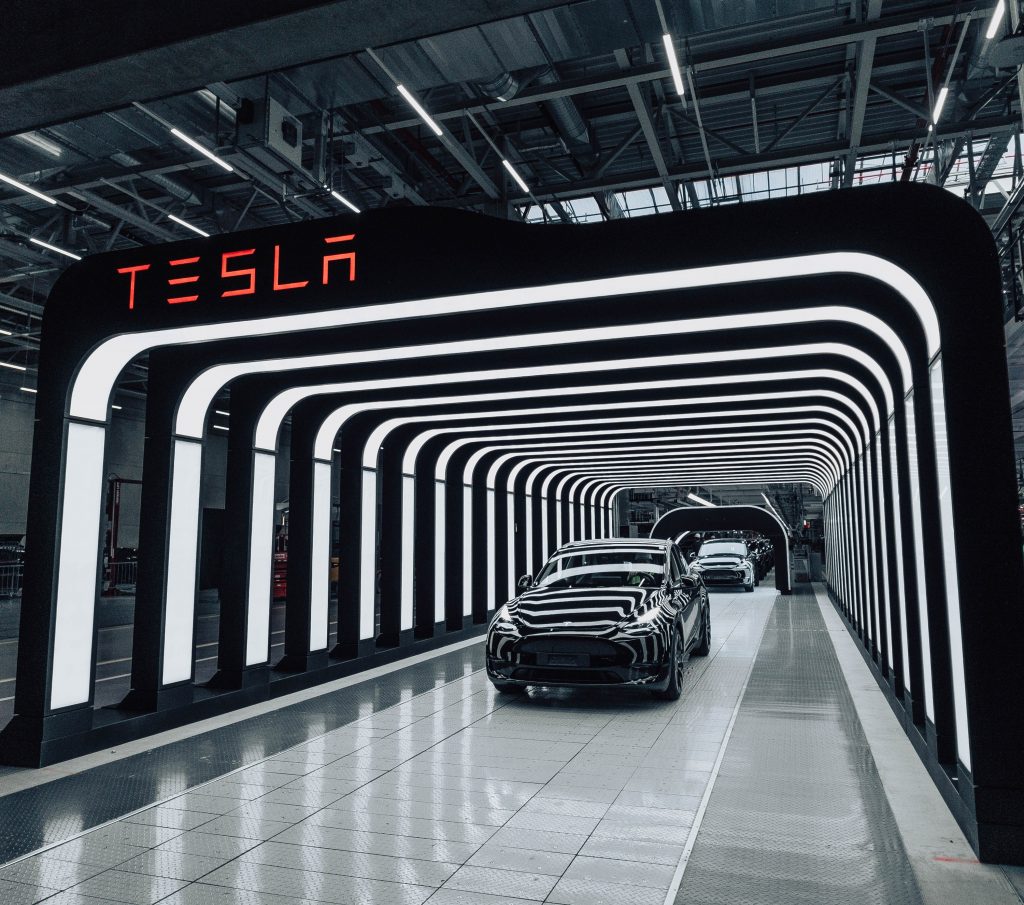As the global supply chains begin to recover, so manufacturing capability is increasing across the world. New production centres are coming online as well, which will add to supply in the market. In the second half of 2022, Tesla has reportedly seen its order backlog shrink from almost half a million cars, down to less than 75,000. At the same time, we're seeing price cuts from Tesla creating stress across the market – as competitors are faced with the challenge of ‘How to compete with the number one EV brand, while maintaining their own margins'. So can Tesla afford to fund those price cuts and how is the order book really looking?
The first factor to consider with Tesla's pre-order situation is the Cybertruck. With final production models now being seen on the streets near Tesla offices, there is every chance that customer orders will begin rolling out of Gigafactories in the second half of 2023. The Tesla Reservation Tracker allows Cybertruck customers who have paid their deposit, to add information about that order to a unified database. Over 37,000 customers have already done so. The numbers are astronomical. If Tesla is able to ship enough product, then by the end of 2028, the company will have produced something like $300 billion in orders. Right now, Tesla is pulling in just over $80 billion a year. The Cybertruck business would boost that figure by $50 billion a year (on average), every year, for the next 6 years.
Next, we need to look at the kind of margin that Tesla is used to generating. In a recent report by Reuters, it was revealed that in the second half of 2022, Tesla made more money per car than any of its competitors. In simple terms, Ford was quoted as delivering just over $3,000 per vehicle, Toyota managed just over $5,500, VW was just under $7,000 and Tesla was up closer to $16,000. That figure for Tesla represented a jump of almost 38% compared to the end of 2020. Bringing the Chinese plant online and working hard to improve quality will have been factors in that leap. GM is believed to have a net profit of $2,150 for its range, so it's easy to see the challenge that a price drop of $5,000 (for example) would make to the US giant. After that kind of price cut, Tesla would still be making double the net profit of GM. If GM followed suit, it would join Ford, Xpeng and Nio in ‘negative net profit' territory. Not a good place to be, from a business point of view.
The Tesla Roadster is already adding to Tesla's order book in a substantial way. Unlike the nominal deposit required to secure a place in the queue for a Cybertruck, here in the UK you will need to pay £38,000 ($46,000), before you get allocated a spot. That's not far off the total starting price for a BMW 5 series. As a deposit.
In the commercial space, Tesla has begun deliveries of ‘Semi', its heavy duty truck with a range of up to 500 miles (slower speeds, with a light load). The market for trucks is enormous and the backlog on supply of the Semi is already over two years – with a unit price of more than $150,000 each.
Lastly, the price drops might have been in preparation for the revamping of certain models. A model 3 ‘refresh' has reportedly been seen in California. The Model S has already had a refresh and power bump and the Model X could see a big refresh, not least because Tesla production technology has evolved a long way since the flagship saloon was first launched. Musk has often commented on the production complexity of the Model X – specifically the internal trim.
Not exactly a production topic, but Musk also invested $1 billion into ChatGPT alongside his own efforts in AI. The likelihood is that Tesla's will be ‘smarter, sooner' than any other car on the road – which could translate into enormous sales.
Despite various drops in share value throughout 2022, the stock markets still value Tesla at 3x the marcap of Toyota, so reports of Tesla's demise may be premature.
